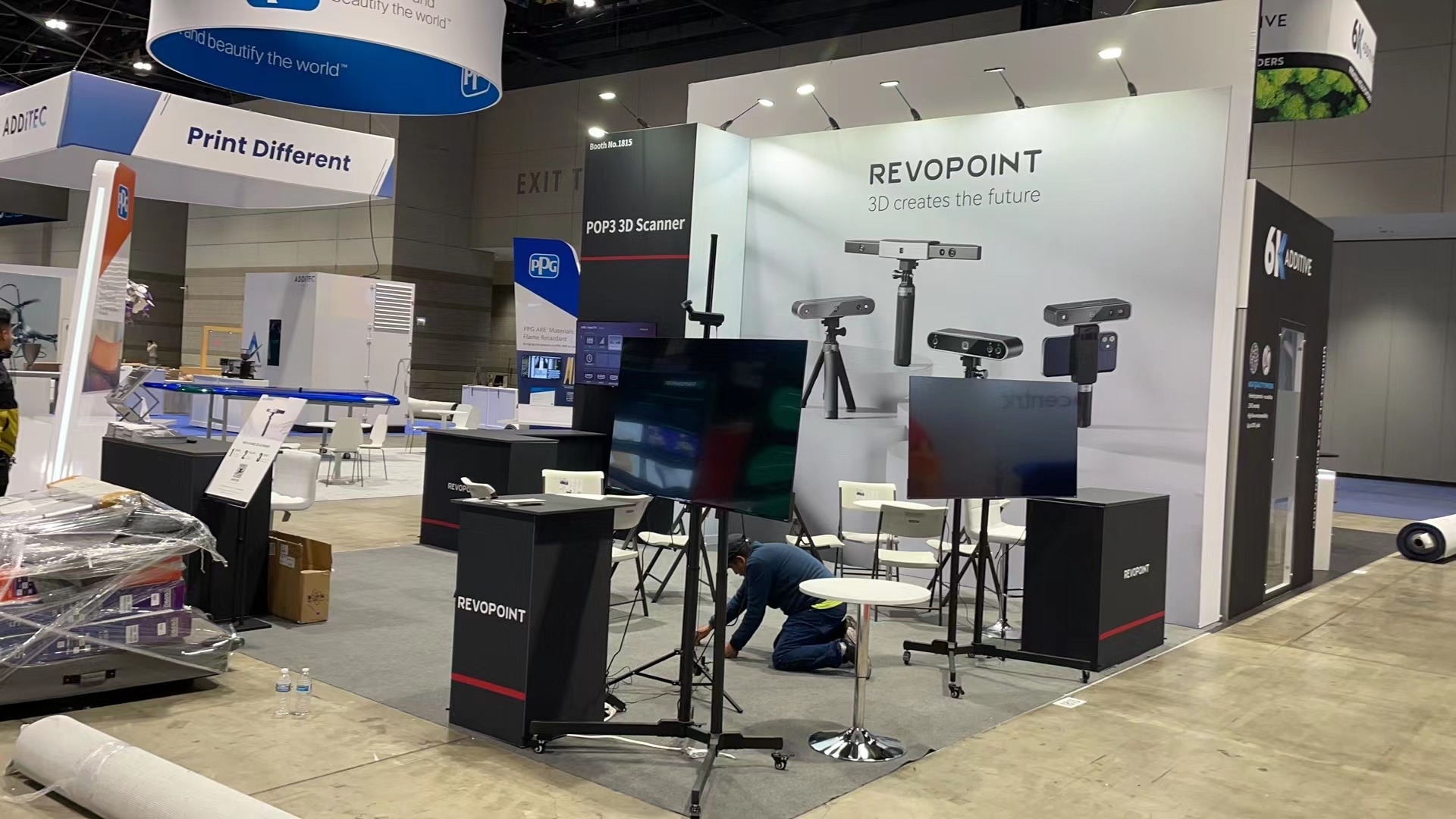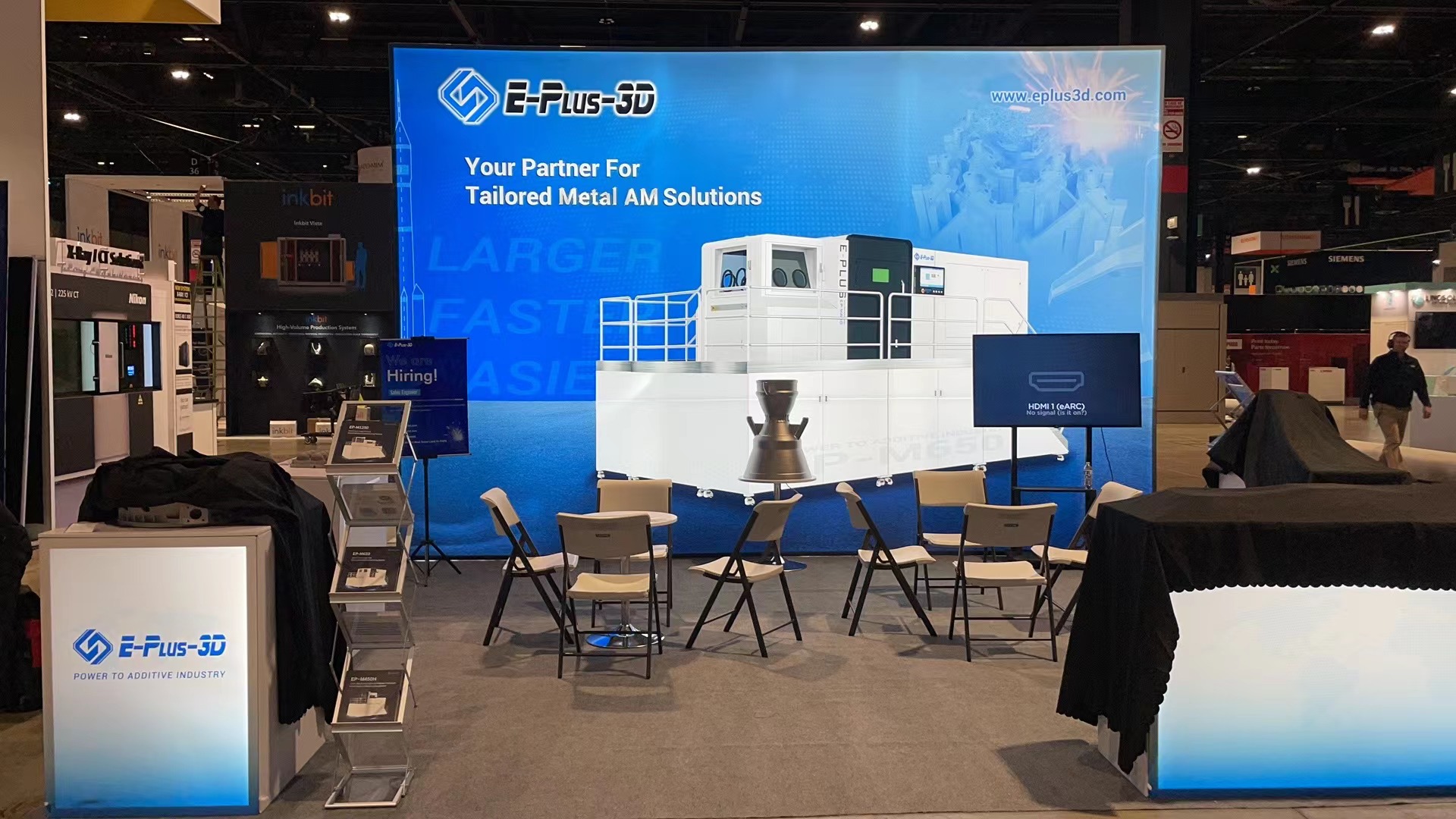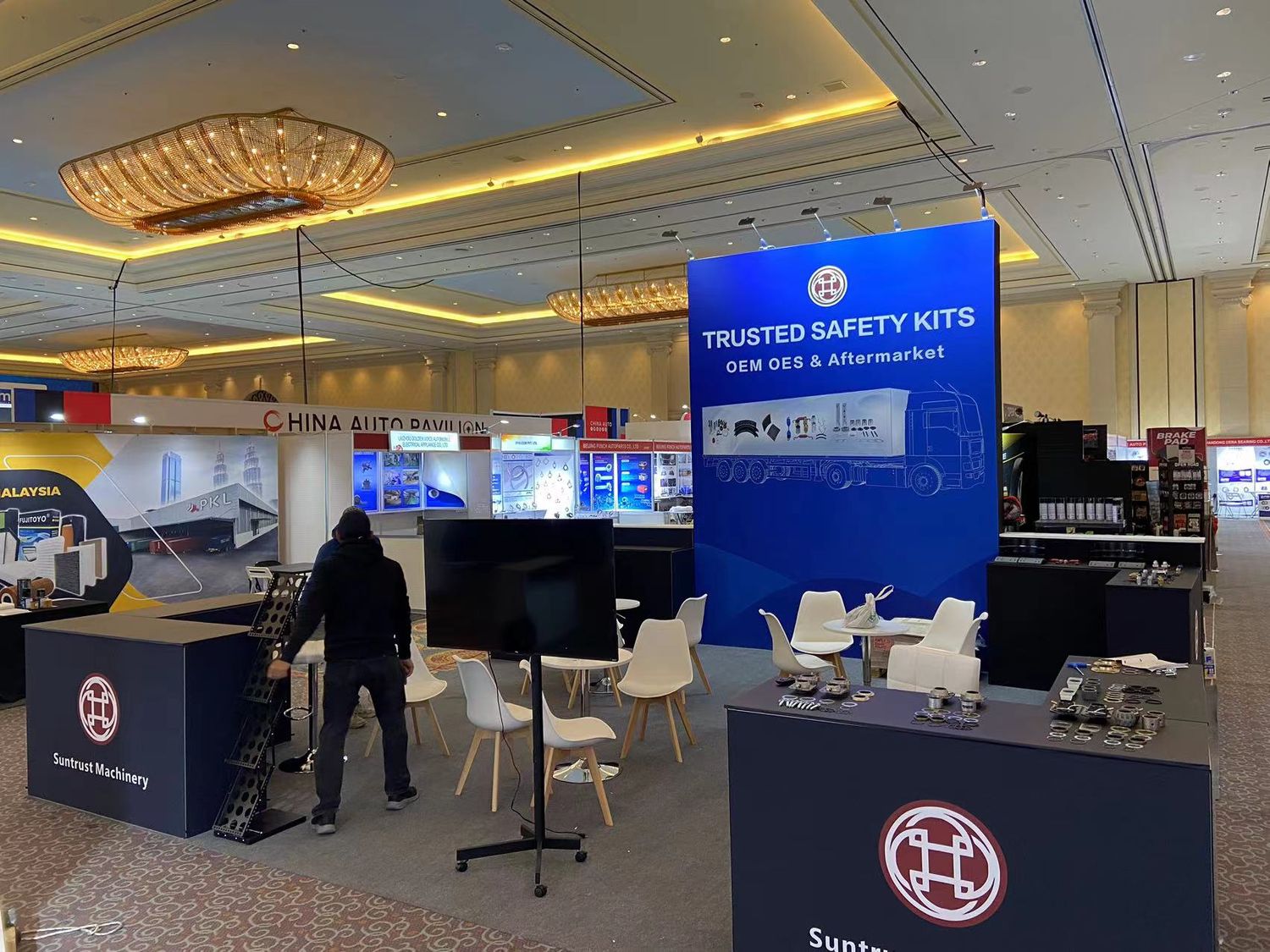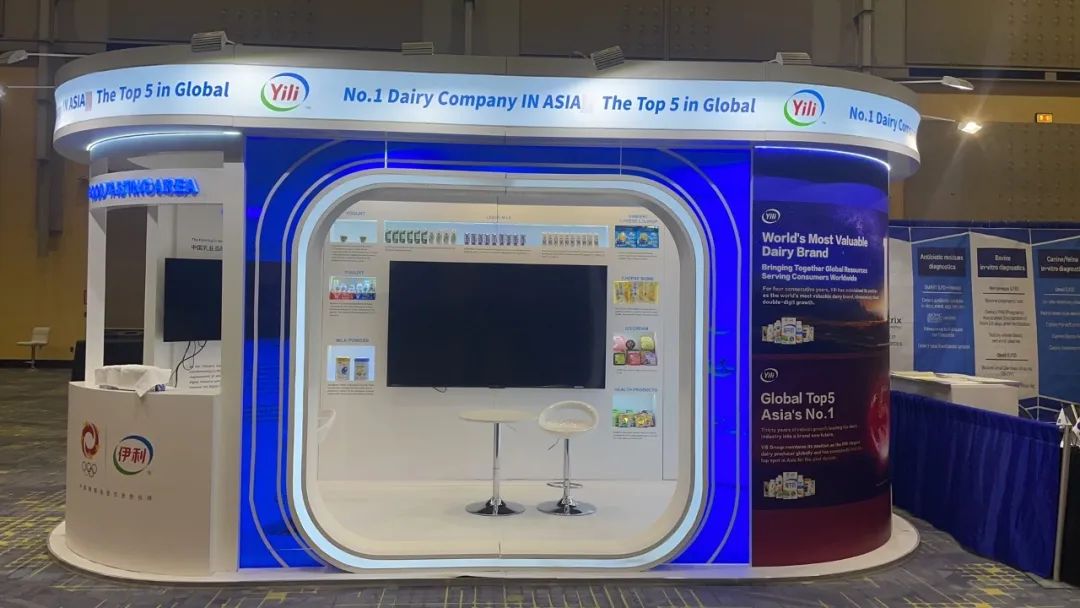What Should You Consider for Exhibition Stand Design and Construction?
A well-designed exhibition stand can make or break your brand’s presence at a trade show. But with so many factors to balance—design, functionality, budget, and more—how do you ensure your stand stands out? Let’s break down the key considerations for exhibition stand design and construction, tailored to what clients care about most: design案例 (design cases) and 设计能力 (design capabilities).

1. Space Utilization: Are You Maximizing Every Square Meter?
A cluttered stand can overwhelm visitors, while an overly sparse one fails to engage. The best designs strike a balance by creating clear zones for product displays, interactive areas, and private meetings. For example, modular designs allow flexibility—think collapsible walls or multi-level platforms that adapt to different booth sizes. Pro Tip: Use vertical space for branding and lighting to draw attention without crowding the floor.
2. Design Capabilities: Does Your Stand Tell a Story?
Clients want proof of your ability to translate their brand into a physical experience. Highlight 设计案例 (design cases) that showcase creativity and technical skill. For instance, immersive designs with augmented reality (AR) or interactive touchscreens can turn passive viewers into engaged participants.
3. Material Selection: Are You Balancing Cost and Durability?
Lightweight, eco-friendly materials like recyclable cardboard or modular aluminum frames reduce shipping costs and appeal to sustainability-focused brands. However, premium materials like acrylic or LED panels might be worth the investment for luxury brands.
Case in Point:
The “Paper Partition System” by Shigeru Ban used cardboard tubes for disaster relief shelters—a cost-effective yet durable solution that later inspired exhibition designs.
4. Visitor Flow: Does Your Layout Prevent Bottlenecks?
Poorly planned pathways can lead to overcrowding. Use principles like “balance” and “symmetry” to guide visitors naturally through the space. For example, circular layouts encourage exploration, while linear designs streamline traffic for high-attendance events.
5. Technical Integration: Are You Future-Proofing Your Stand?
Modern stands require seamless tech integration—Wi-Fi hotspots, charging stations, and digital kiosks. For example, the Shenzhen Museum of Contemporary Art combined 3D animations and interactive videos to enhance visitor engagement.




